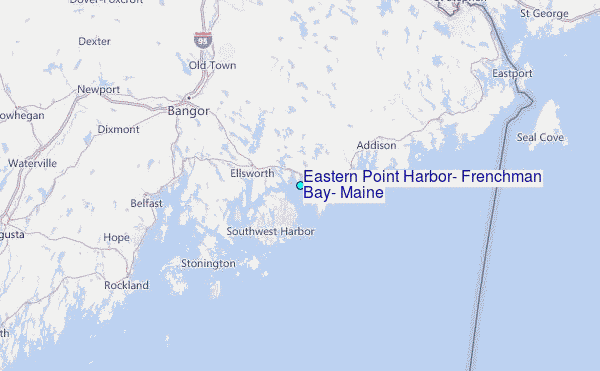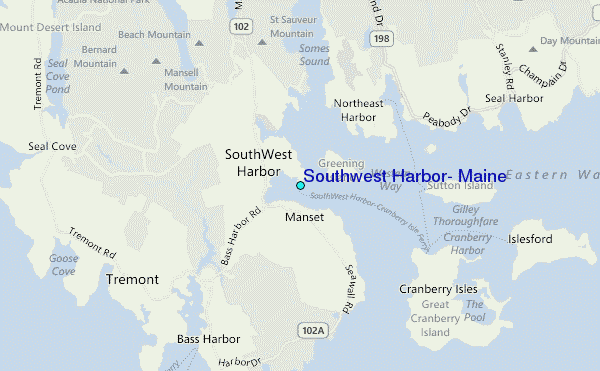
This is what occurred during the passage of both Hurricane Gerda in 1969 and Tropical Storm Heidi in 1971.

Little information is available on this storm, however, a tropical cyclone exclusively striking Maine is not unique. October 3, 1805 – A hurricane that struck Mantanzas, Cuba reportedly reached the District of Maine (part of Massachusetts until 1820) as a tropical cyclone.This hurricane which peaked at Category 3 intensity was a major one, especially for eastern Massachusetts. This was the second observation of snow from a landfalling hurricane, but not the last. The storm brought heavy snow across the Northeast, in some areas up to 2–3 feet (61–91 cm), and killed a total of 16 people one on land and fifteen at sea. October 9, 1804 – As the Snow hurricane crossed New England, cool air became entrained in the circulation, and it became extratropical.September 12, 1804 – The Antigua–Charleston hurricane, a major storm for the Caribbean, Georgia, and South Carolina, impacted portions of New England as a weakening tropical storm and then a tropical depression before dissipating off the coast of Nova Scotia.August 19, 1788 – A weakening hurricane moved up through eastern New York.Based on known observations, this hurricane remained offshore of New England but passed close enough to inflict heavy rain and strong winds to New York City and Boston. September 24–25, 1785 – A hurricane which made landfall near Ocracoke, North Carolina, impacted southern New England.This was a rare snow hurricane for New England and the storm was likely transforming into an extratropical cyclone as it approached the New England states. October 18–19, 1782 – A second hurricane moved up the coast and was considered more severe than the previous storm in portions of New England, especially Boston.It is currently not known if this hurricane made landfall in New England. October 8–9, 1782 – A hurricane struck the Carolinas and moved up the coast, causing damage in Providence, Rhode Island.Twenty-three of these deaths are believed to be attributed to HMS Somerset III, a British ship which ran aground on Cape Cod during this storm. November 1, 1778 – A possible late-season hurricane struck Cape Cod, Massachusetts, killing between 50 and 70 people.This storm prevented a major battle between England and France off the coast of Rhode Island. August 13, 1778 – A weakening hurricane that struck the Carolinas, and impacted the coasts of Massachusetts and Rhode Island but did not make landfall.This report may also be confused with the Independence Hurricane of September 2–3, 1775, which passed into New England from New York as a tropical depression or weak tropical storm. September 1775 – The Newfoundland hurricane apparently brought strong winds and/or waves to New England, though it is not known to have actually made landfall.Some houses were blown down and destroyed.

September 8, 1769 – A hurricane that earlier caused great damage in Annapolis, Maryland blew ashore boats at Boston and adjacent areas, Providence, and Newport.October 8, 1747 – Seven ships were destroyed, and "many" perished.

February 23, 1723 – An off-season storm struck Cape Cod causing a great deal of damage, but no reported deaths.October 18, 1703 – A tropical system caused great wind and flood damage many ships were lost.October 29, 1693 – Another tropical cyclone struck New England and caused flooding so great that new permanent inlets were created.August 23, 1683 – A tropical cyclone hit Connecticut and caused tremendous flooding.The only other storm of a similar magnitude was the 1938 hurricane. This hurricane is often considered to be the most intense hurricane to hit New England since its European colonization. August 25, 1635 – The Great Colonial Hurricane struck Narragansett Bay, killing at least 46 people.The estimated track and intensity of the Great Colonial Hurricane of 1635


 0 kommentar(er)
0 kommentar(er)
